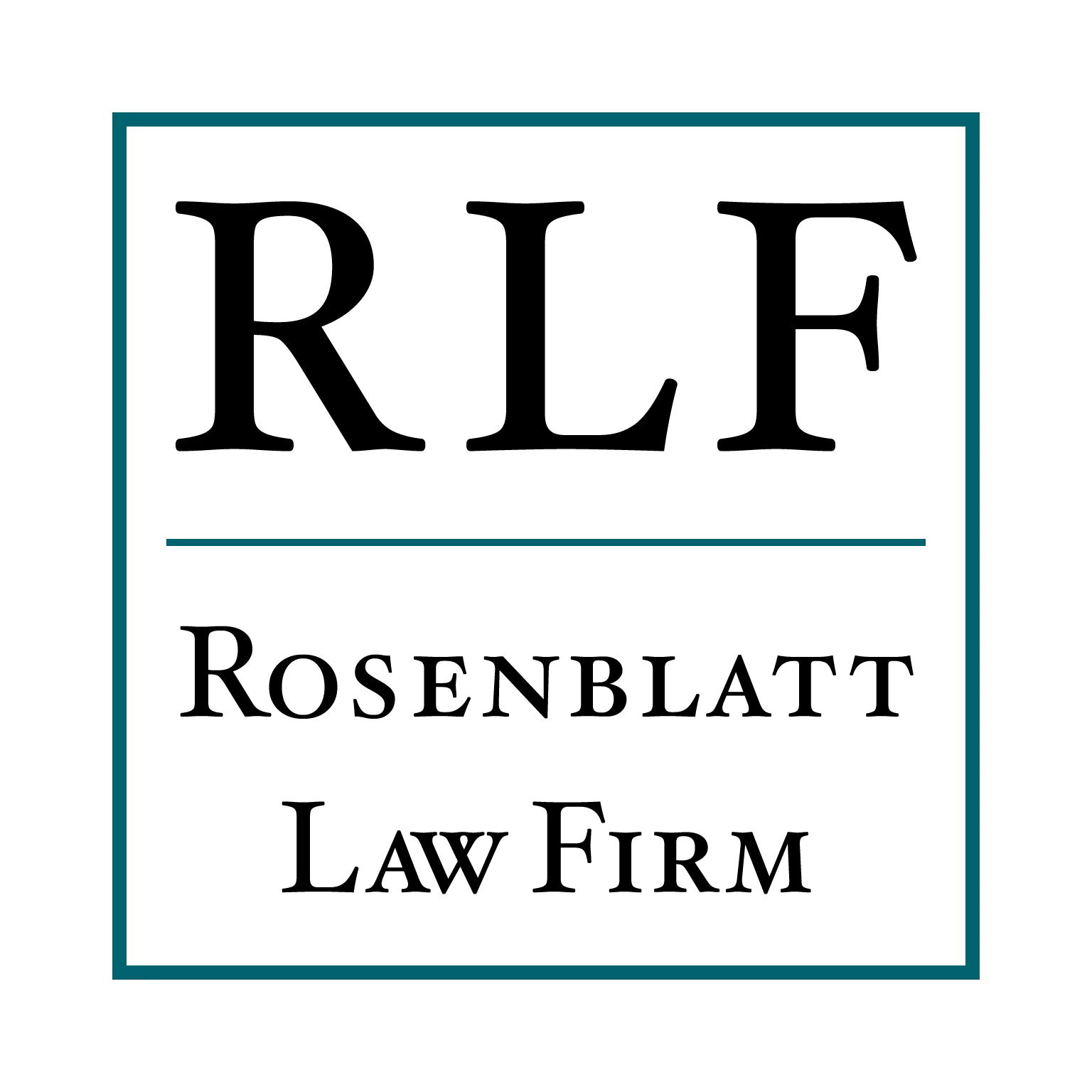Property classification may seem confusing, but in legal terms, all property is classified as either real property or personal property. Because each is treated differently under state and federal law, it is important to know the type(s) of property you are dealing with when drafting a contract or determining property rights, so that you can seek optimum legal protection.
- Real property is the actual land, and anything permanently attached to it. Real property also comprises the airspace above the land and the natural resources on or under the land. In property law, real property includes the rights of use, control, and disposition of the land and those attached objects.
- Personal property is anything that can be owned except land. Personal property includes possessions, of really any kind, as long as those possessions are movable and capable of being owned. Personal property may not be affixed to or associated with land.
The distinction between real and personal property can sometimes get tricky. For example, a house is real property because it is affixed to the property; but the possessions within the house that are not attached to it are personal property. However, personal property can be converted into real property. For example, the lumber and nails used to build that house started as personal property, because they were moveable, but those building supplies converted to real property after they became part of the immovable structure—the house—attached to the land.
If you have any questions about the property you own—real or personal—and how to protect it, contact Rosenblatt Law Firm.






